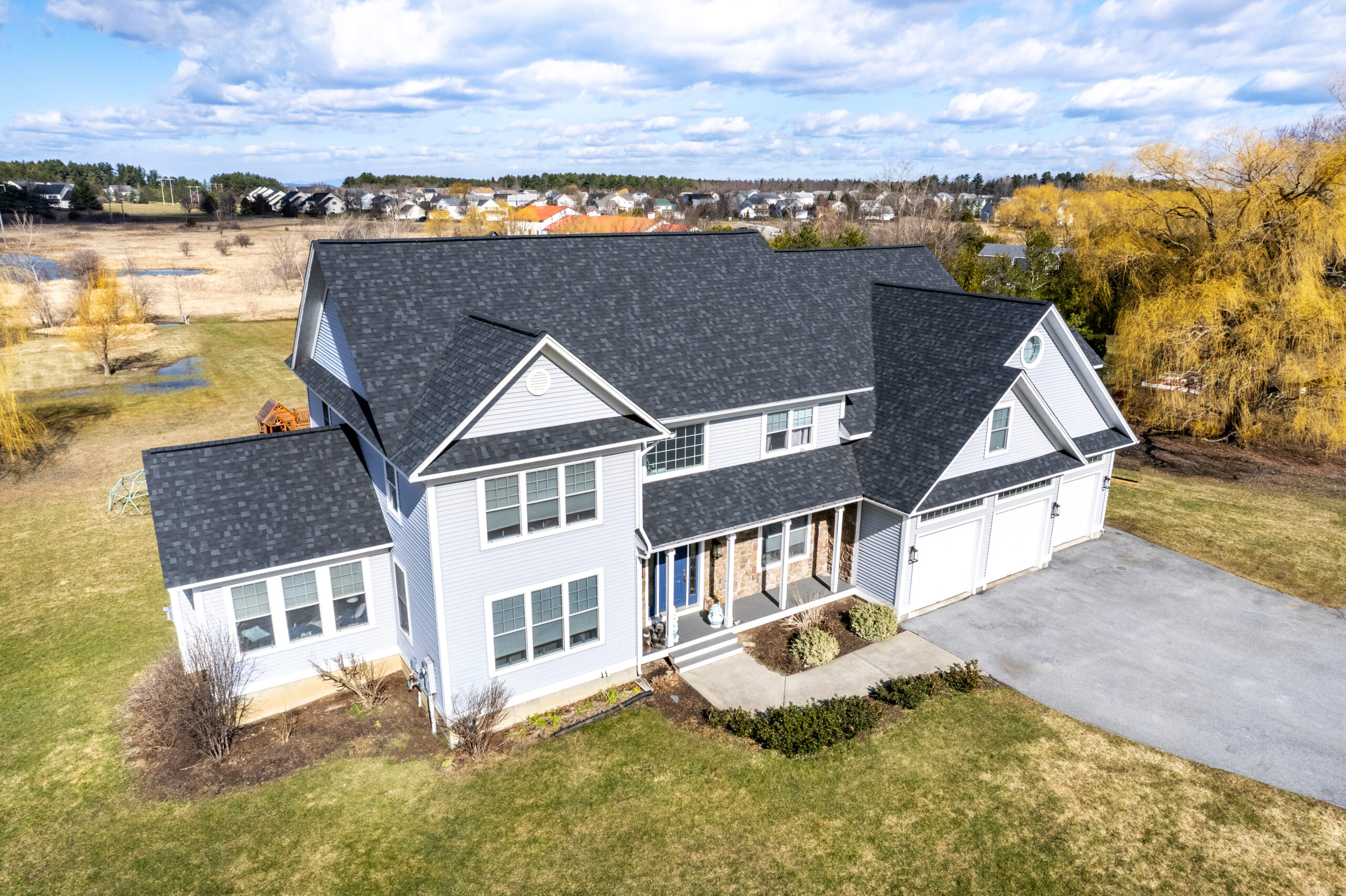When it comes to your home’s roofing, one of the most critical factors to consider is its lifespan. A durable and long-lasting roof not only protects your investment but also provides you with peace of mind. In this blog post, we’ll delve into the average lifespan of different roofing materials to help you make informed decisions about your roofing needs.
What is the Average Lifespan of a Roof?
The average lifespan of a roof can vary widely, falling anywhere between 20 years to 50+ years depending on several factors, including the type of roofing material used, the local climate, and the quality of installation and maintenance. Here are some general guidelines for the lifespan of common roofing materials:
How Long Does an Asphalt Shingle Roof Last?
Asphalt shingles are one of the most common roofing materials in the United States, known for their affordability and versatility. The lifespan of an asphalt shingle roof can vary depending on factors such as quality, climate, and maintenance.
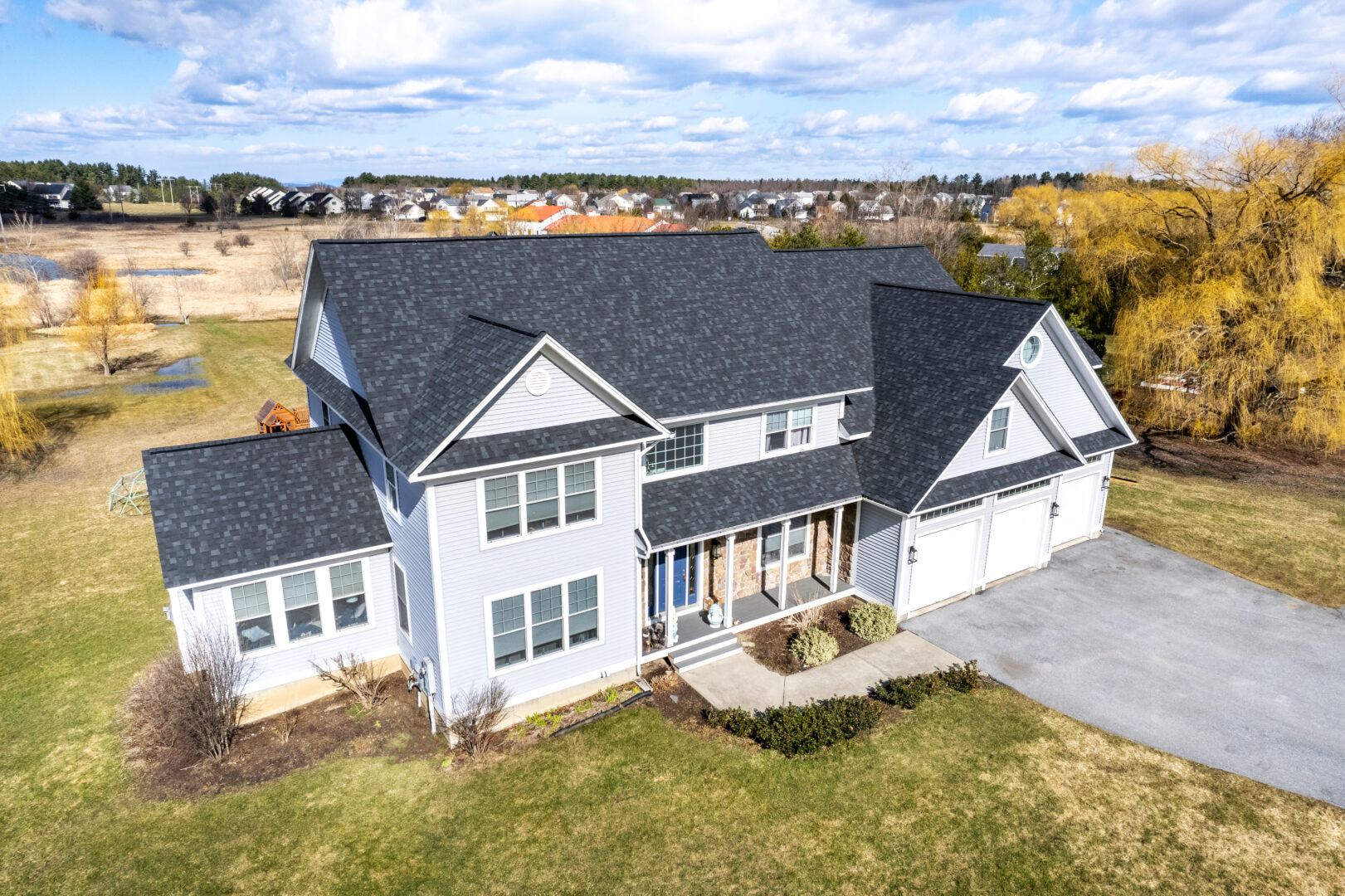
Average Lifespan: On average, a well-maintained asphalt shingle roof can last between 20 to 30 years. However, some premium shingles may have a marketed lifespan of up to 50 years, although they typically fall a bit short of the 50 year mark.
To maximize the lifespan of your asphalt shingle roof, regular inspections, maintenance, and timely repairs are essential. Additionally, choosing high-quality shingles and proper installation by professionals can extend your roof’s life significantly. For example, all Vermont Construction Company Roofing Division asphalt shingle roofs use Owens Corning shingles due to their longevity and durability.
How Long Does a Slate Roof Last?
Slate roofing is renowned for its beauty, durability, and timeless elegance. This natural stone material is exceptionally long-lasting and can add a touch of sophistication to any home.
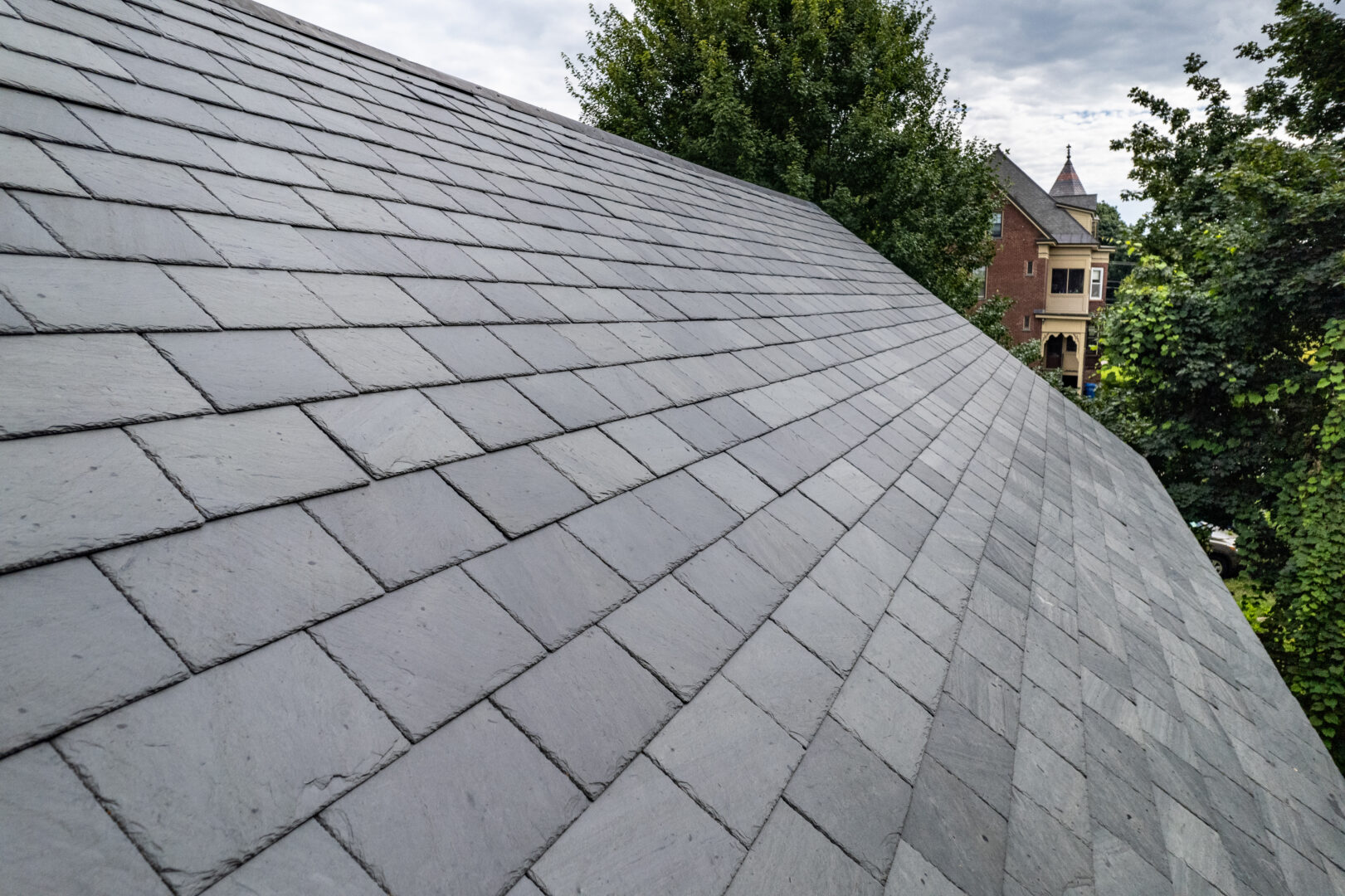
Average Lifespan: A properly installed and well-maintained slate roof can last an impressive 75 to 100 years or more. In some cases, slate roofs have been known to endure for centuries. Therefore, slate is actually the type of roof that lasts the longest.
Slate’s longevity is owed to its resistance to fire, rot, and pests. Its low water absorption properties also make it less susceptible to freeze-thaw cycles and moisture damage, which are common issues in many other roofing materials. Although this type of roof typically requires minimal maintenance, regular inspections and minor repairs are advisable to ensure it continues to protect your home for generations.
How Long Does a Metal Roof Last?
Metal roofing has gained popularity in recent years due to its durability, energy efficiency, and sleek modern appearance. It’s available in various materials such as steel, aluminum, and copper, and comes in different styles such as standing seam and corrugated metal roofing.
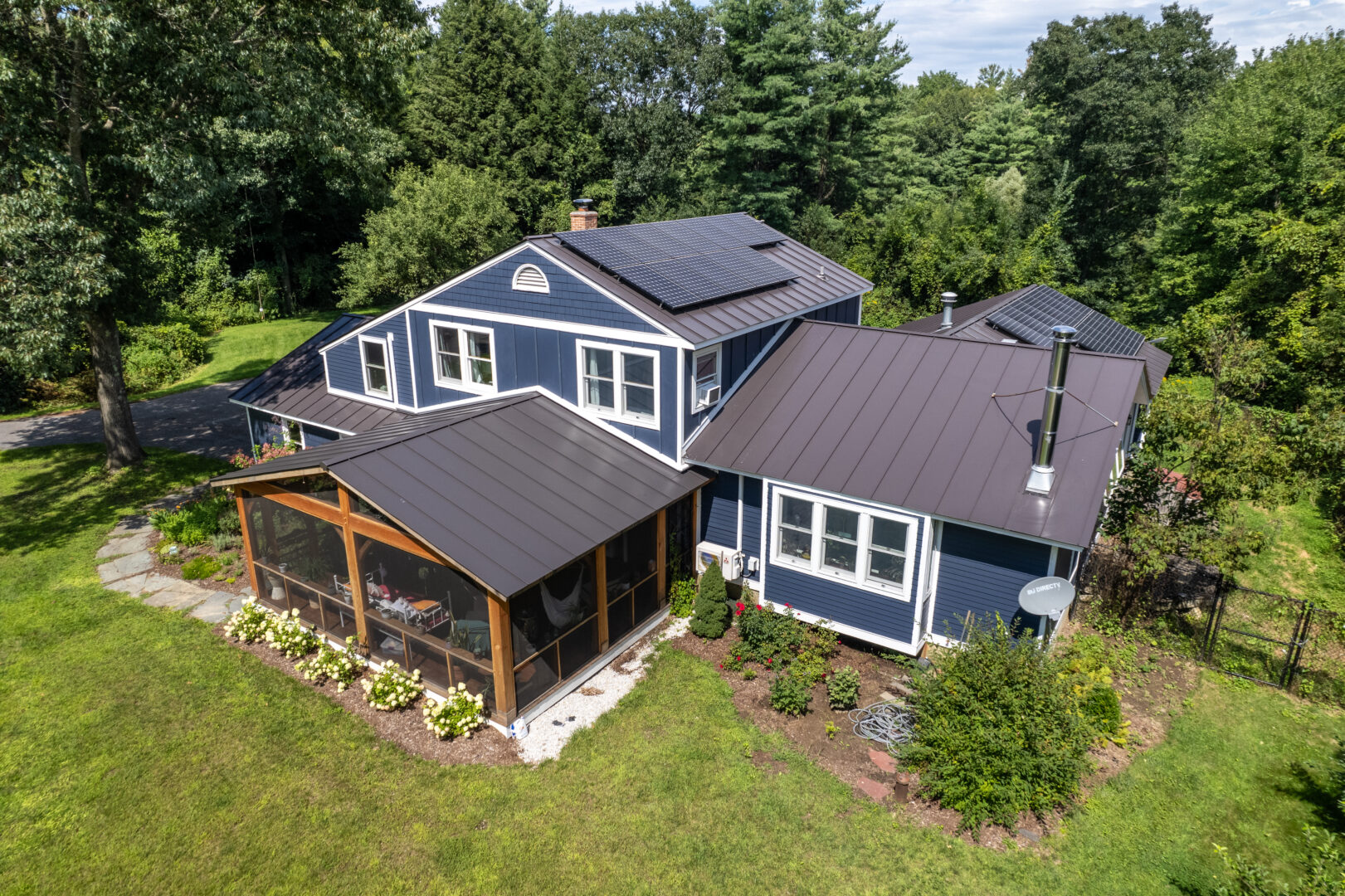
Average Lifespan: A properly installed and maintained metal roof can last anywhere from 40 to 70 years or more – a typical lifespan for roofs made of steel or aluminum. However, some premium metal roofing materials, such as copper, can have a lifespan of over a century. Standing seam metal roofing also tends to have a longer lifespan (an average of 40 to 70+ years) than corrugated metal (an average of 20 to 40+ years) due to its concealed fasteners and raised seams.
Metal roofs are highly resilient, offering excellent protection against severe weather, including snow, rain, and hail. Other factors that help to maximize their performance include protective coatings and paint finishes as well as having a higher thickness. Regular inspections to check for rust or damage are also advisable to ensure your metal roof’s longevity.
How Long Does a Rubber Roof Last?
Rubber roofing, often made from synthetic materials like EPDM (ethylene propylene diene monomer) or TPO (thermoplastic olefin), is known for its affordability and resistance to extreme weather conditions. It is a popular choice for flat or low-slope roofs, particularly for commercial buildings.
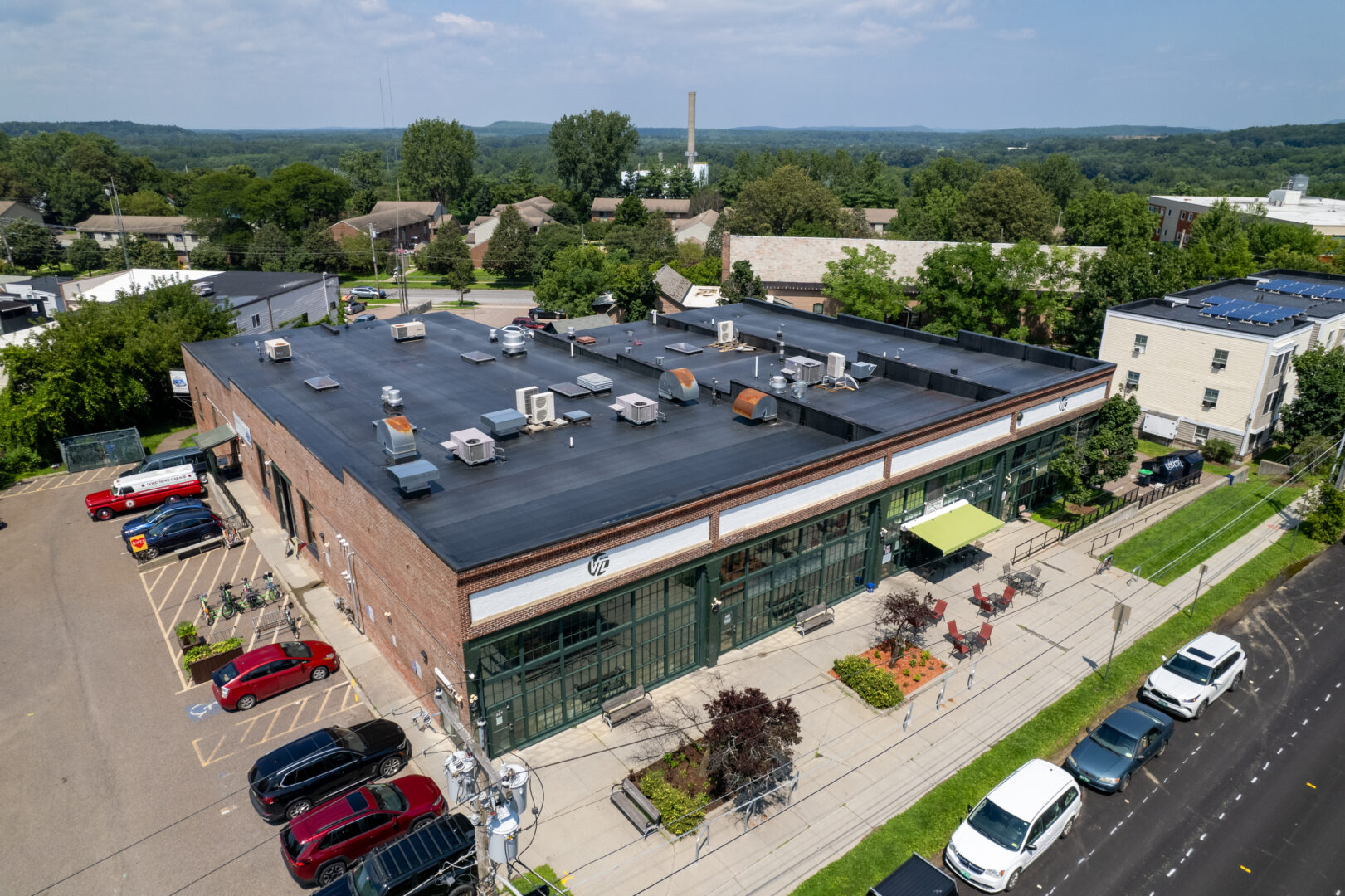
Average Lifespan: A well-maintained rubber roof can last between 20 to 30 years. This lifespan is typical for both EPDM roofs and TPO roofs. Proper installation and regular inspections are crucial to achieving the maximum lifespan for a rubber roof.
Rubber roofs are relatively low-maintenance, but it’s essential to inspect them for damage or wear and tear, especially in areas prone to harsh weather. Protective coatings can also enhance the durability of a rubber roof by increasing its resistance to UV rays and weathering.
What Factors Affect Roof Lifespan?
Understanding the average lifespan of different roofing materials is just the beginning. Several factors, such as climate and maintenance, can influence the longevity of your roof, each playing a critical role in determining how long a roofing system will endure before requiring replacement or major repairs. Understanding these factors is essential for homeowners, builders, and property managers alike.
Quality of Materials
The quality of the roofing materials used, as well as the skill of the installation team, can greatly affect how long your roof lasts. High-quality roofing materials are designed and manufactured to withstand the elements and provide long-term protection for your home or building. Not only are they often more durable and resistant to wear and tear, but they can better withstand the effects of exposure to sunlight, temperature fluctuations, wind, rain, and other environmental factors without deteriorating quickly. They are less likely to degrade, crack, fade, or become brittle over time.
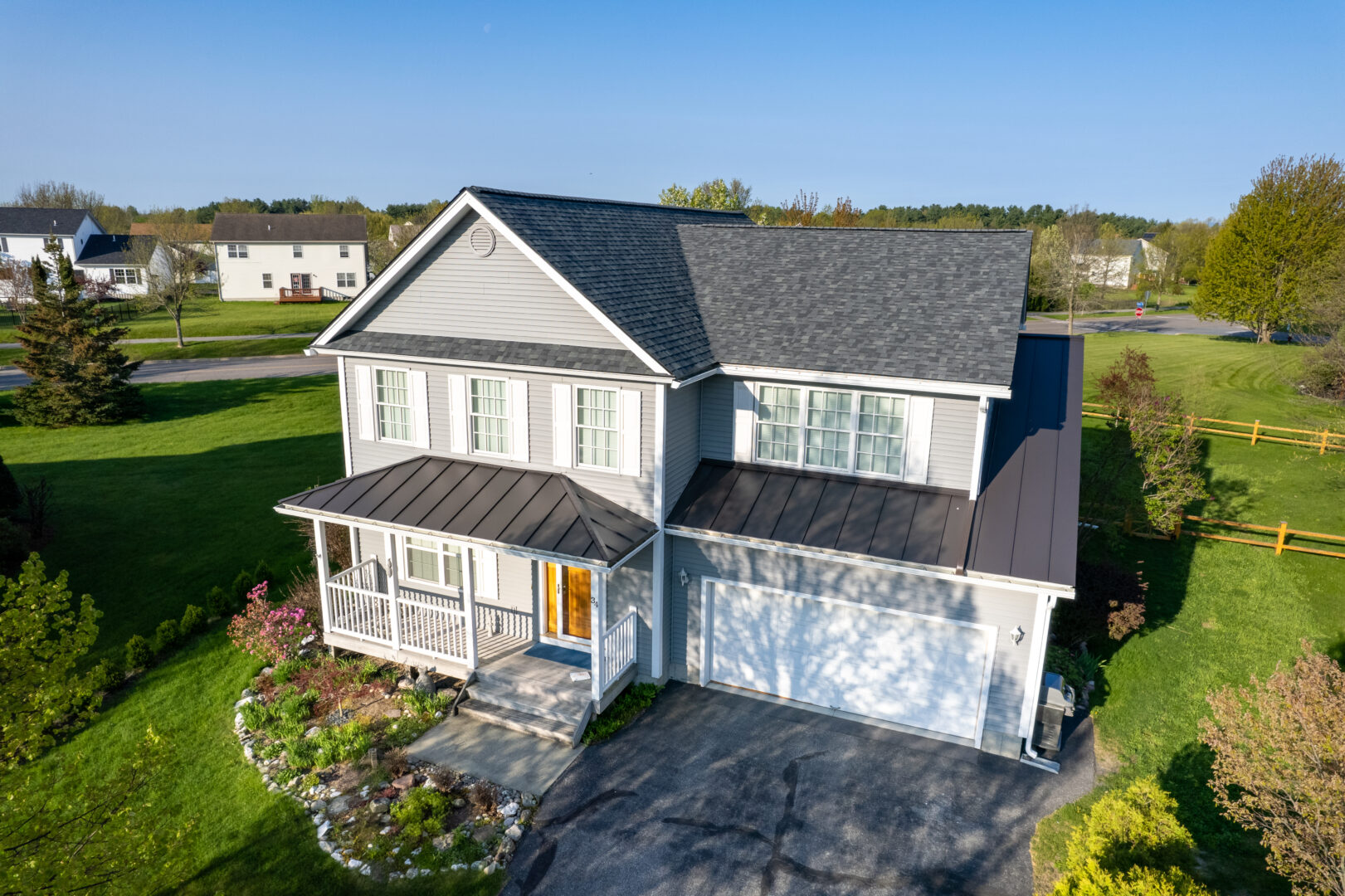
As a result, many higher-quality roofing materials are built to last longer. They have a longer expected lifespan compared to lower-quality materials. Manufacturers of high-quality roofing materials often offer longer and more comprehensive warranties. These warranties provide added peace of mind and can cover repair or replacement costs if the roofing material fails prematurely.
It’s important to note that while high-quality roofing materials may have a higher upfront cost compared to lower-quality options, they often provide a better return on investment due to their longer lifespan and superior performance. When selecting roofing materials, consider factors such as your budget, the local climate, and the specific requirements of your roofing project. Additionally, adhere to manufacturer guidelines for installation and maintenance to maximize the benefits of quality roofing materials and extend your roof’s lifespan.
Climate & Weather Events
Apart from materials, climate has perhaps the biggest impact on a roof’s life expectancy. Since roofing materials expand and contract with temperature fluctuations, the thermal cycling in areas with extreme temperature variations, such as hot summers and cold winters, can cause roofing materials to deteriorate more rapidly. Intense sunlight and UV radiation can also accelerate the aging process of many roofing materials, with sunny climates exposing roofing materials to more rapid degradation. This in turn can lead to fading, cracking, and brittleness.
On the other hand, regions with heavy rainfall or high humidity levels can pose challenges to roofs. Water infiltration, moisture retention, and the growth of algae, moss, and mold can weaken roofing materials, particularly if they are not adequately designed or maintained to shed water effectively. Prolonged exposure to moisture can lead to rotting, rusting (in the case of metal roofs), and the growth of microorganisms that can deteriorate roofing materials.
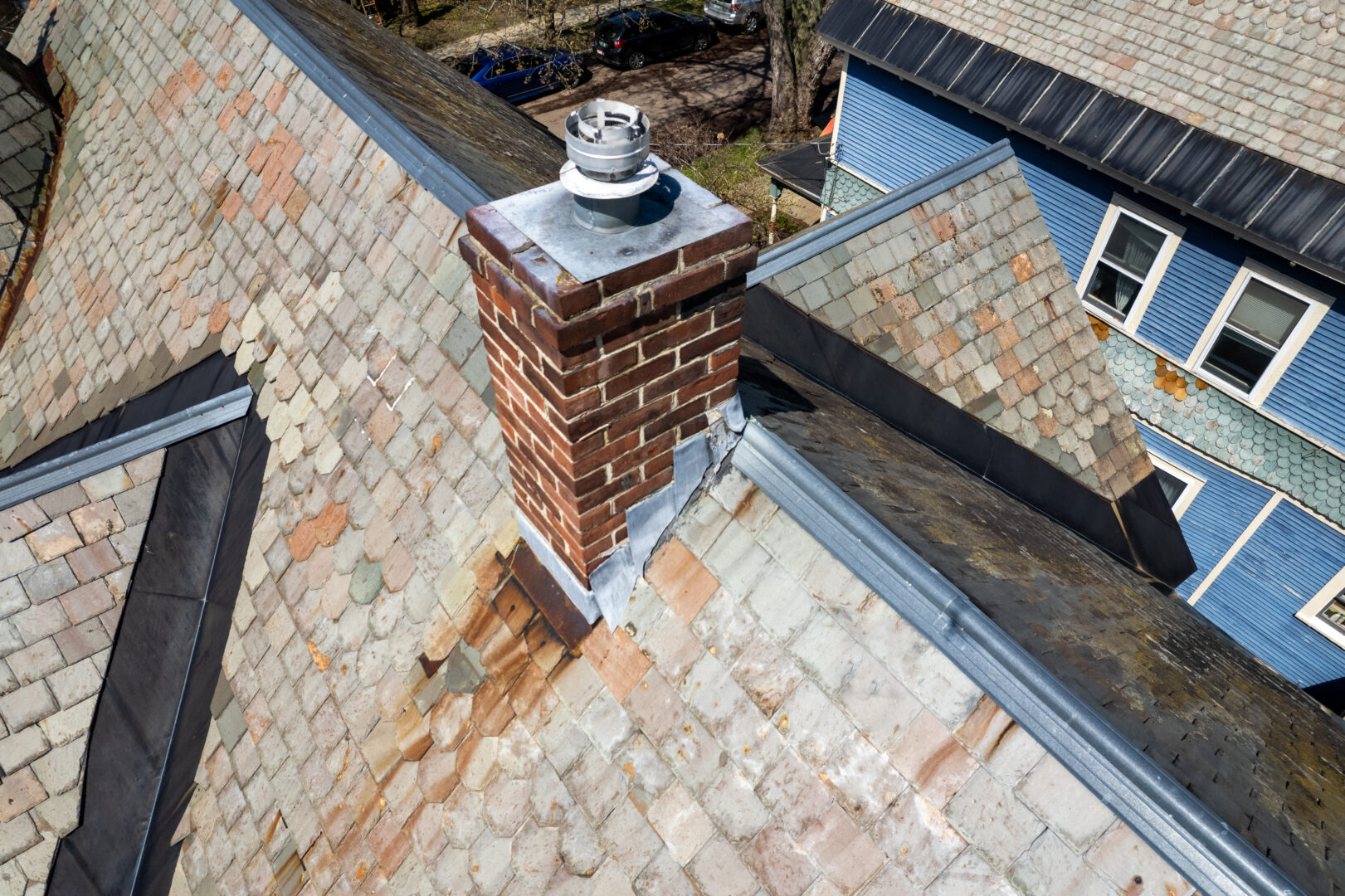
Roofs in areas with heavy snowfall are also more susceptible to ice dams during the winter. Ice dams can lead to water seepage under shingles or other roofing materials, causing damage to the roof structure and interior of the building. The weight of accumulated snow and ice can also stress the roof structure, potentially leading to damage or collapse.
Finally, severe weather events and storms such as tornadoes, hailstorms, and hurricanes can cause damage to roofing materials, including lifting or tearing off shingles, tiles, or metal panels. Roofing materials in regions prone to strong winds may require additional fasteners or reinforcement to withstand these conditions.
Proper Maintenance
Regular roof inspections and maintenance, including gutter cleaning, debris removal, and prompt repairs, play a significant role in extending your roof’s lifespan. Leak prevention is crucial, as roof leaks can lead to significant damage to the interior of a building, including structural damage, mold growth, and damage to insulation and ceilings. Regular maintenance and cleanings, such as inspecting and repairing flashing, seals, protective coatings, and damaged shingles helps prevent leaks as well as remove growths of moss and algae.
Properly functioning gutters and drainage systems are also essential for directing rainwater away from the roof and the building’s foundation. Clogged or damaged gutters can lead to water pooling on the roof, which can accelerate deterioration and in turn cause leaks. In the winter, removing excess snow and ice from the roof’s surface can prevent ice dams and the associated damage caused by water infiltration. Steeper roofs also tend to shed water and snow more effectively, reducing the risk of water damage.
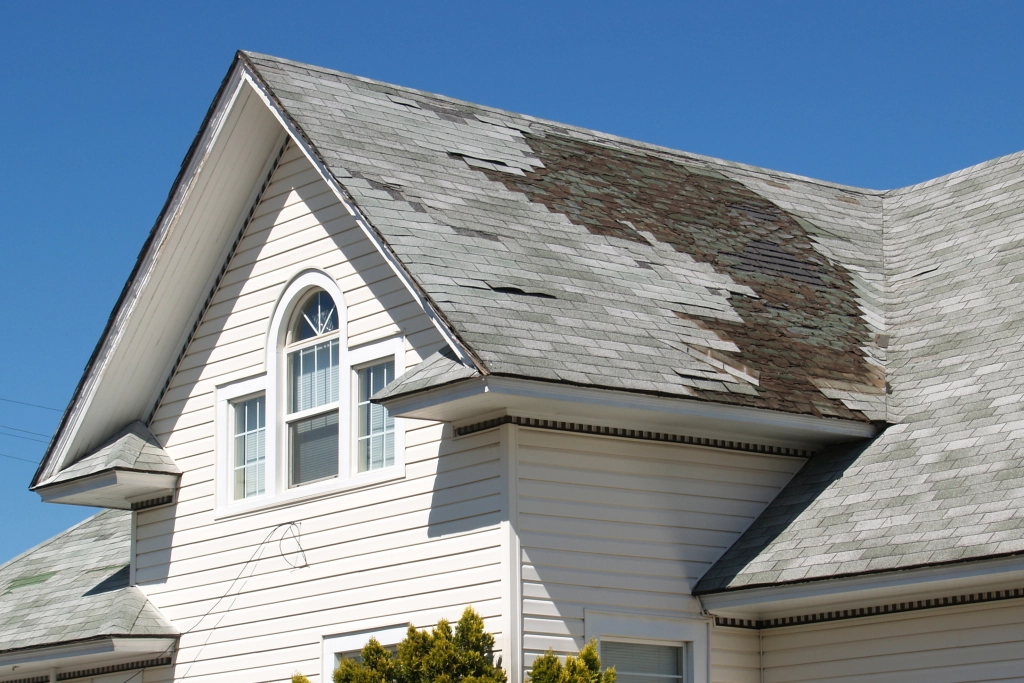
After severe weather events like hail storms or high winds, it’s also essential to inspect the roof for damage. Timely repairs can prevent further issues. Maintaining a record of roof maintenance and repairs also helps track the history of the roof’s condition. This documentation can be valuable for warranty claims and when planning for future roof maintenance or replacement.
By identifying and addressing problems before they escalate, you can prevent small issues from becoming major roofing problems. This proactive approach helps to minimize the need for extensive repairs and can help slow down the aging process of roofing materials, extending their usable life.
Conclusion
In places such as Vermont, where weather conditions can be unpredictable and harsh, choosing the right roofing material and maintaining it properly are essential for ensuring the longevity of your roof. Understanding the average lifespan of different roofing materials, such as asphalt shingles, slate, rubber, and metal, is the first step in making an informed decision about your roofing needs. Regular maintenance, quality materials, and professional installation are key factors in extending the lifespan of your roof, protecting your investment, and keeping your home safe and secure for years to come. If you have any questions or need assistance with your roofing project, don’t hesitate to reach out to Vermont Construction Company Roofing Division, your trusted local roofing experts.
